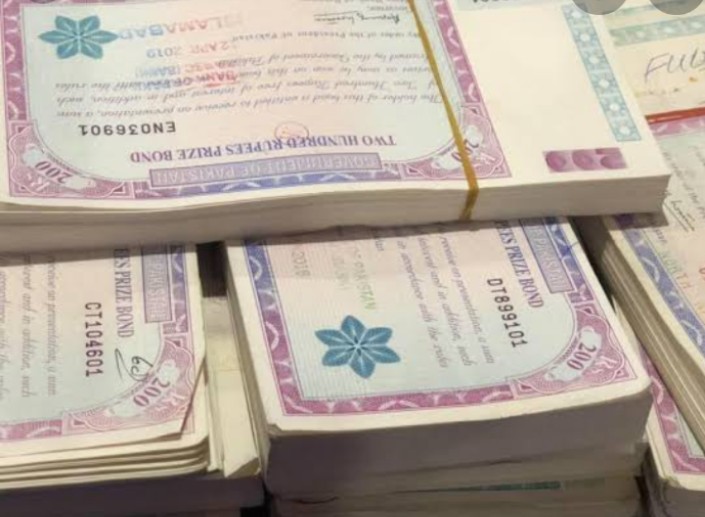The Role of Statistics in Prize Bond Guess Papers

Prize bond guess papers are popular among investors who seek to increase their chances of winning in prize bond draws. At the heart of these guess papers lies the application of statistical analysis. By leveraging statistical methods, guess paper creators attempt to predict future winning numbers based on historical data and trends. Here’s a look at how statistics play a crucial role in this process.
Understanding the Basics of Prize Bond Guess Papers
Prize bond guess papers are speculative documents that provide predictions about which numbers might win in upcoming draws. These papers rely on historical data, statistical tools, and sometimes intuitive insights from experienced analysts.
Key Statistical Concepts Used
- Probability Theory: The foundation of statistics in guess papers is probability theory. Analysts use this to calculate the likelihood of certain numbers appearing based on historical data.
- Frequency Analysis: This involves examining how often specific numbers or sequences have appeared in past draws. High-frequency numbers might be considered “hot” and more likely to appear again.
- Trend Analysis: Identifying trends over time is crucial. For example, if certain numbers tend to appear more frequently in specific months or seasons, this information can be used to make predictions.
- Randomness and Patterns: While the outcome of each draw is random, statistical methods seek to identify any underlying patterns. This might involve complex algorithms and computational methods to detect subtle trends that are not immediately apparent.
How Statistics Enhance Guess Papers
- Data-Driven Insights: Statistics provide a data-driven basis for predictions, moving beyond mere guesswork. By analyzing large datasets, statisticians can uncover trends and patterns that might not be visible to the casual observer.
- Risk Reduction: While no prediction can be certain, statistical analysis can help reduce risk by highlighting numbers with higher probabilities of being drawn. This allows investors to make more informed decisions.
- Historical Context: By looking at historical data, statisticians can understand how past draws might influence future ones. This historical context is invaluable in creating more accurate guess papers.
Common Statistical Methods Used
- Regression Analysis: This technique helps in understanding the relationship between different variables. For example, how the occurrence of one number might affect the probability of another number appearing.
- Time Series Analysis: This involves analyzing sequences of data points, typically collected at successive points in time. Time series analysis can help in identifying cyclical patterns or trends over a specific period.
- Monte Carlo Simulations: These simulations use random sampling and statistical modeling to predict outcomes. They can be particularly useful in understanding the range of possible results and their probabilities.
- Chi-Square Tests: This statistical test is used to determine if there is a significant association between different variables. In the context of prize bonds, it might be used to test if the appearance of certain numbers is indeed random or follows a pattern.
Practical Application
- Creating Predictions: Statisticians use the aforementioned methods to generate lists of numbers with higher probabilities of being drawn. These numbers are then compiled into guess papers.
- Refining Over Time: Statistical models are not static. They are continuously refined as new data becomes available. This ongoing refinement helps in improving the accuracy of predictions.
- Expert Analysis: In addition to raw data, expert analysts use their experience to interpret statistical findings. This combination of data and expert insight can enhance the reliability of guess papers.https://prizebondguesspaper.pk/
Limitations and Considerations
- Random Nature of Draws: Despite the use of advanced statistical methods, it’s important to remember that prize bond draws are inherently random. No statistical model can predict the outcome with certainty.
- Overreliance on Statistics: While statistics provide valuable insights, overreliance on them can lead to misguided decisions. It’s essential to use guess papers as one of several tools in an investment strategy.
- Quality of Data: The accuracy of predictions depends heavily on the quality and quantity of historical data available. Poor or limited data can lead to inaccurate predictions.
Conclusion
Statistics play a vital role in the creation of Prize bond guess papers, providing a scientific basis for predictions and helping investors make more informed decisions. By leveraging probability theory, frequency analysis, trend analysis, and various statistical methods, guess paper creators strive to enhance the chances of winning. However, it’s crucial to approach these predictions with a balanced perspective, recognizing the inherent randomness of prize bond draws and using guess papers as part of a broader, well-considered investment strategy.Here you will find unique and different types of all prize bond guess papers. Right now enjoy 1500 prize bond guess papers. Make your own decisions to buy prize bonds. Try your Luck.